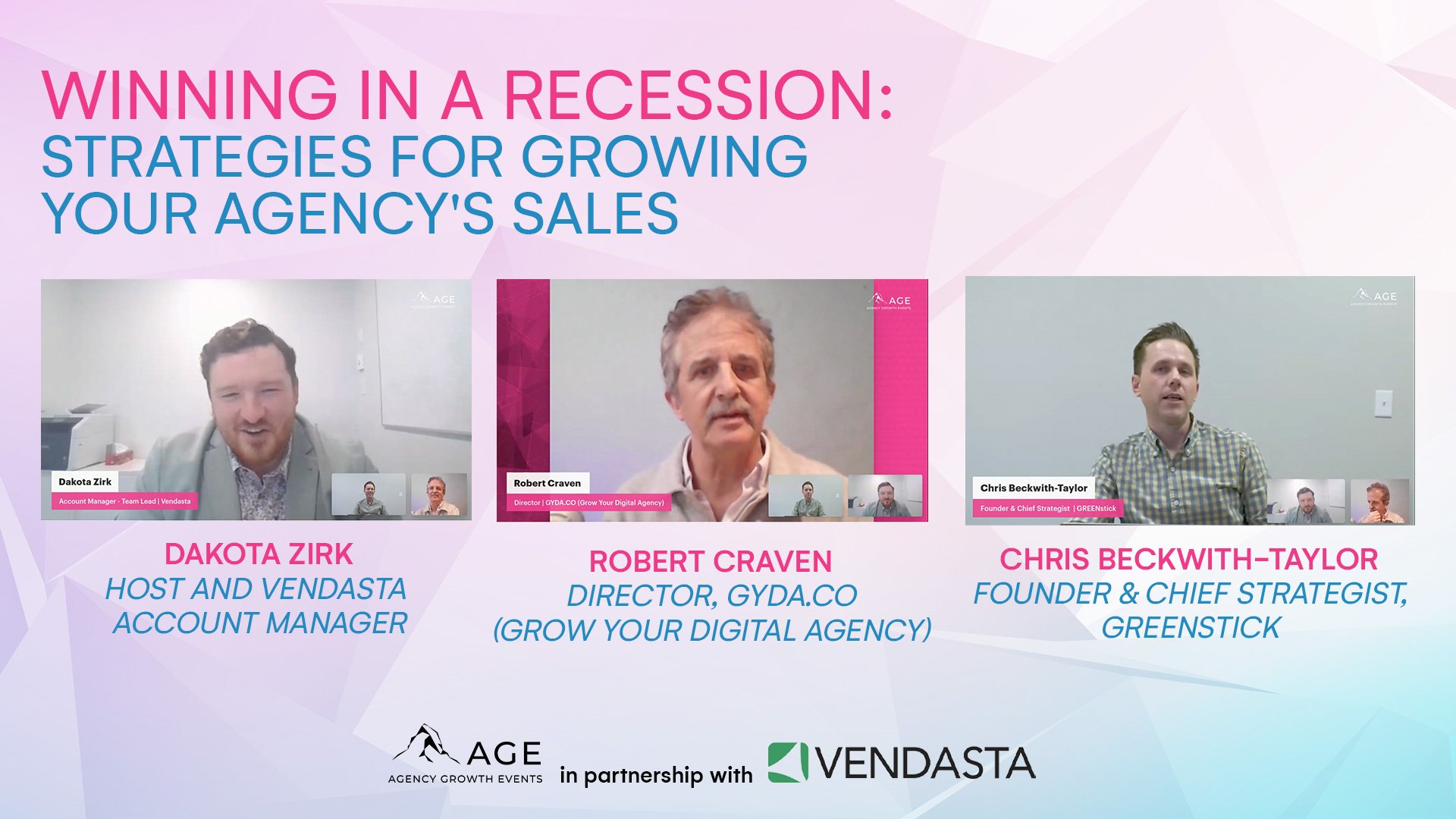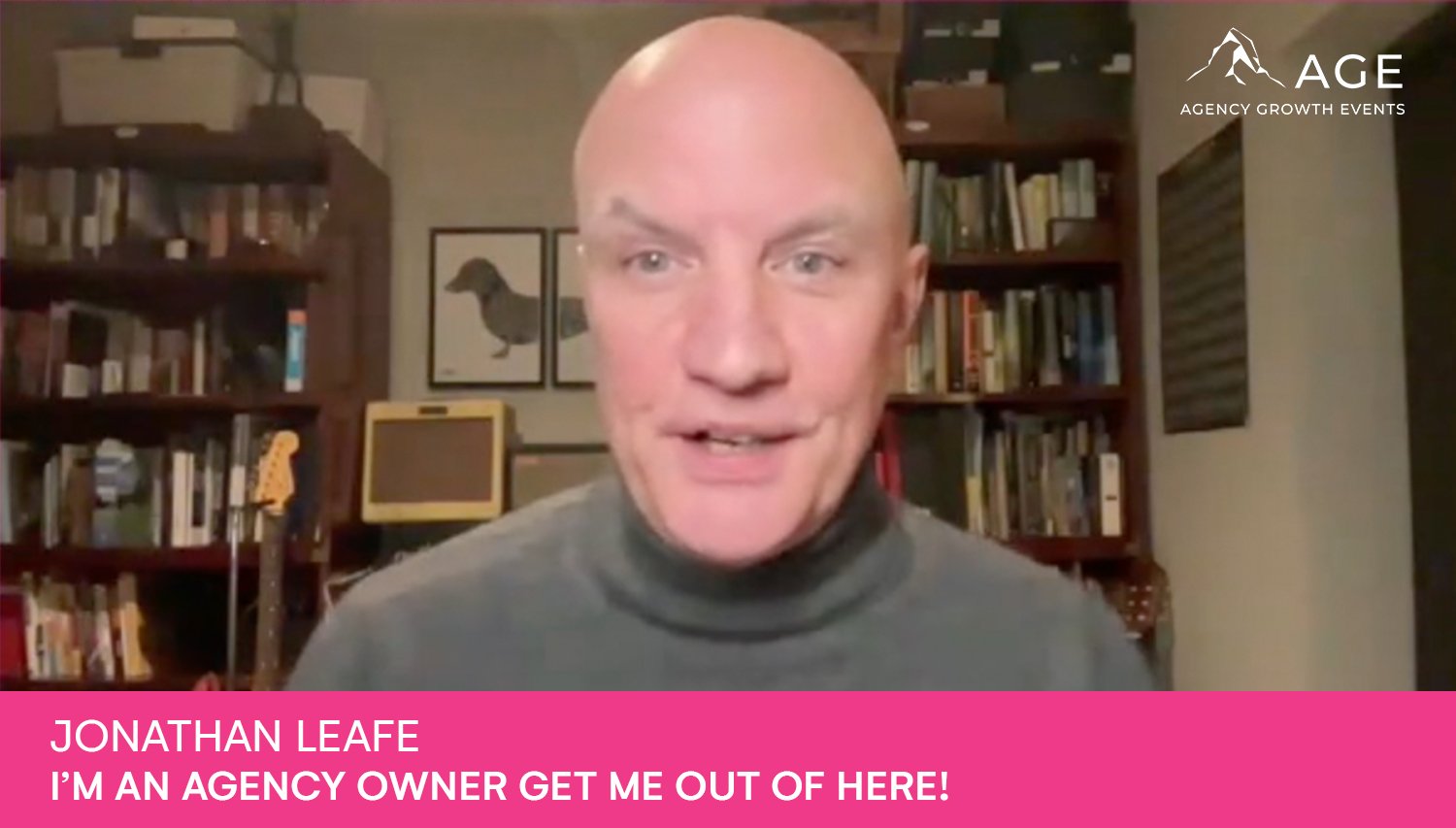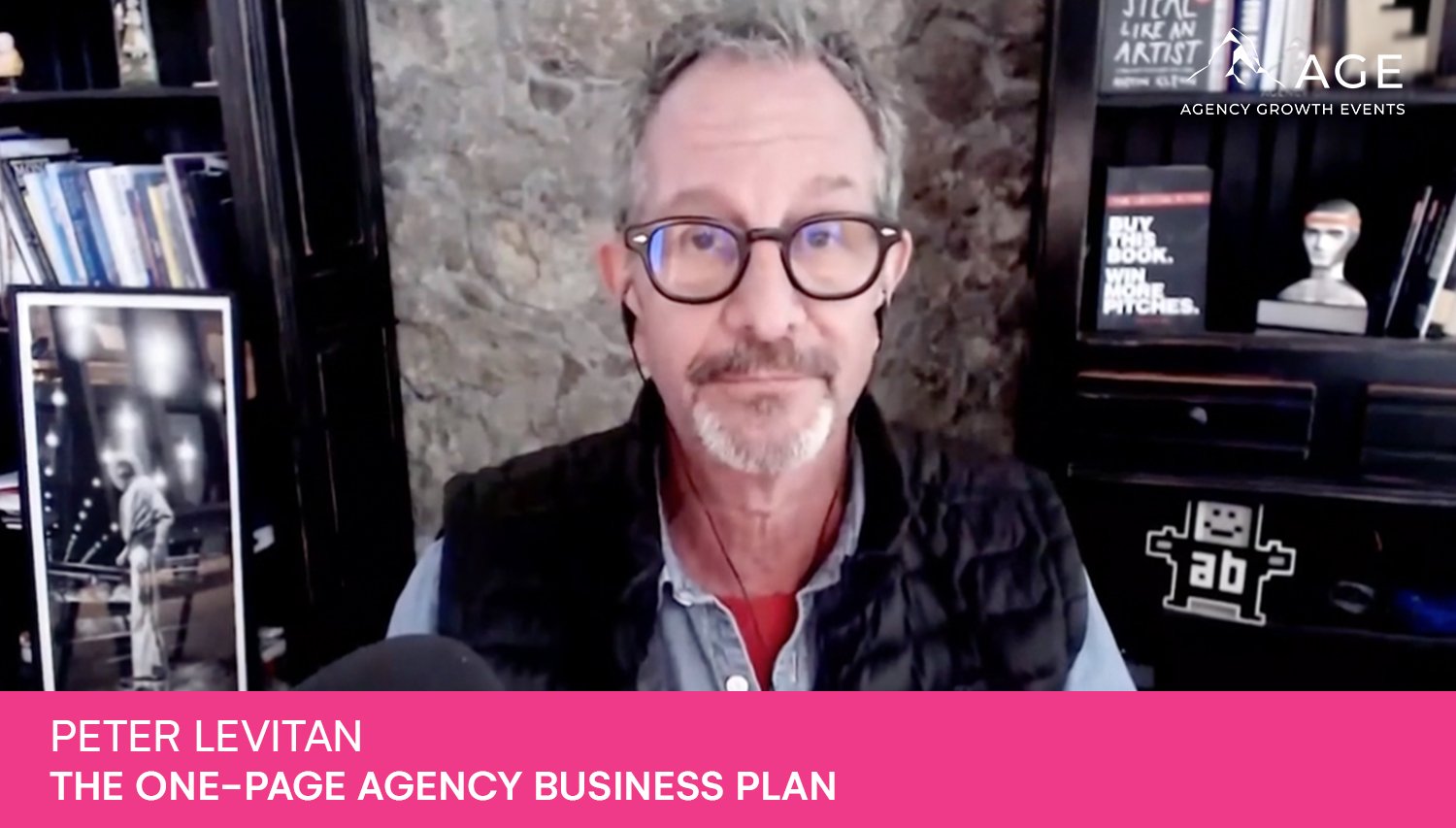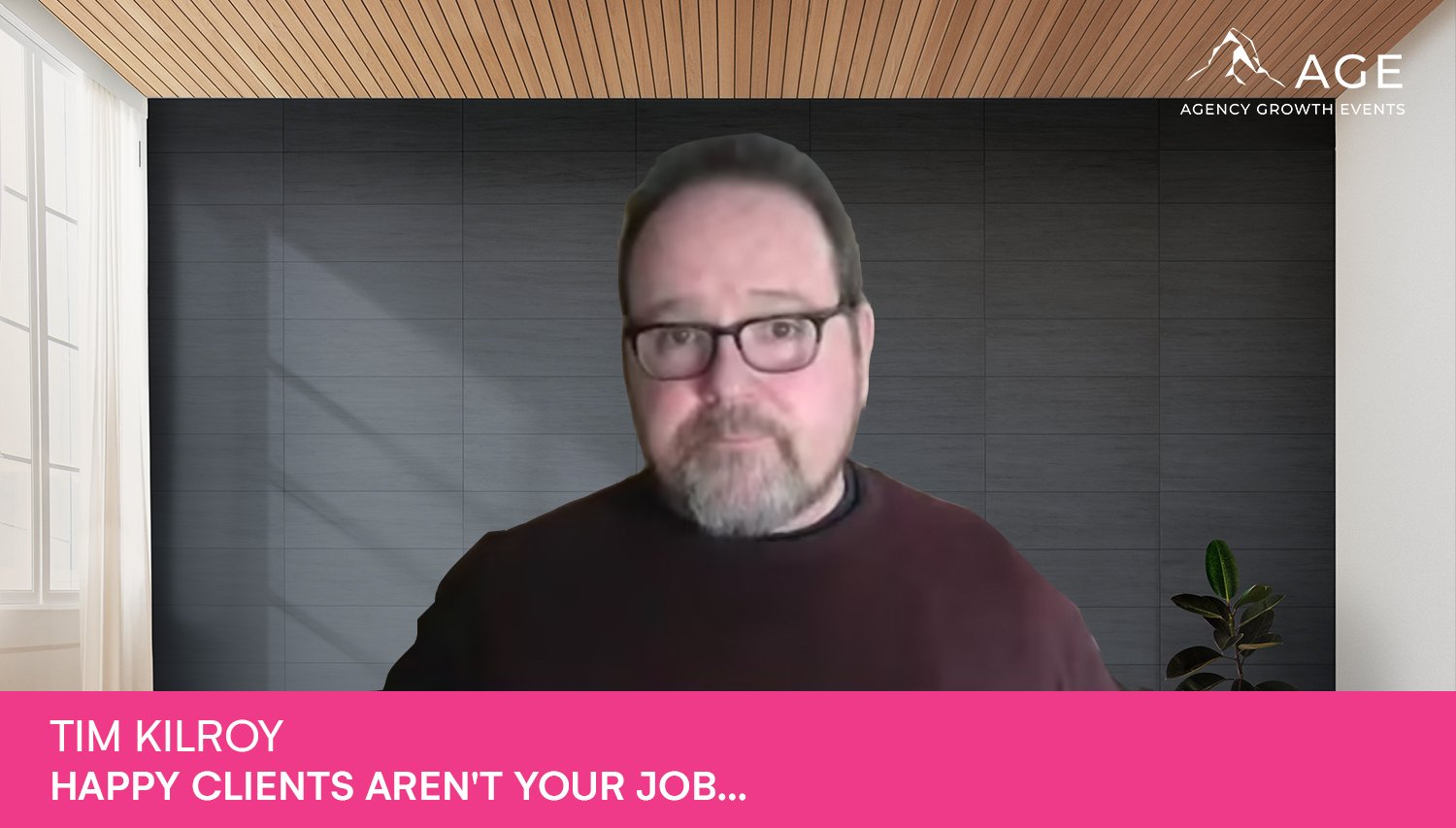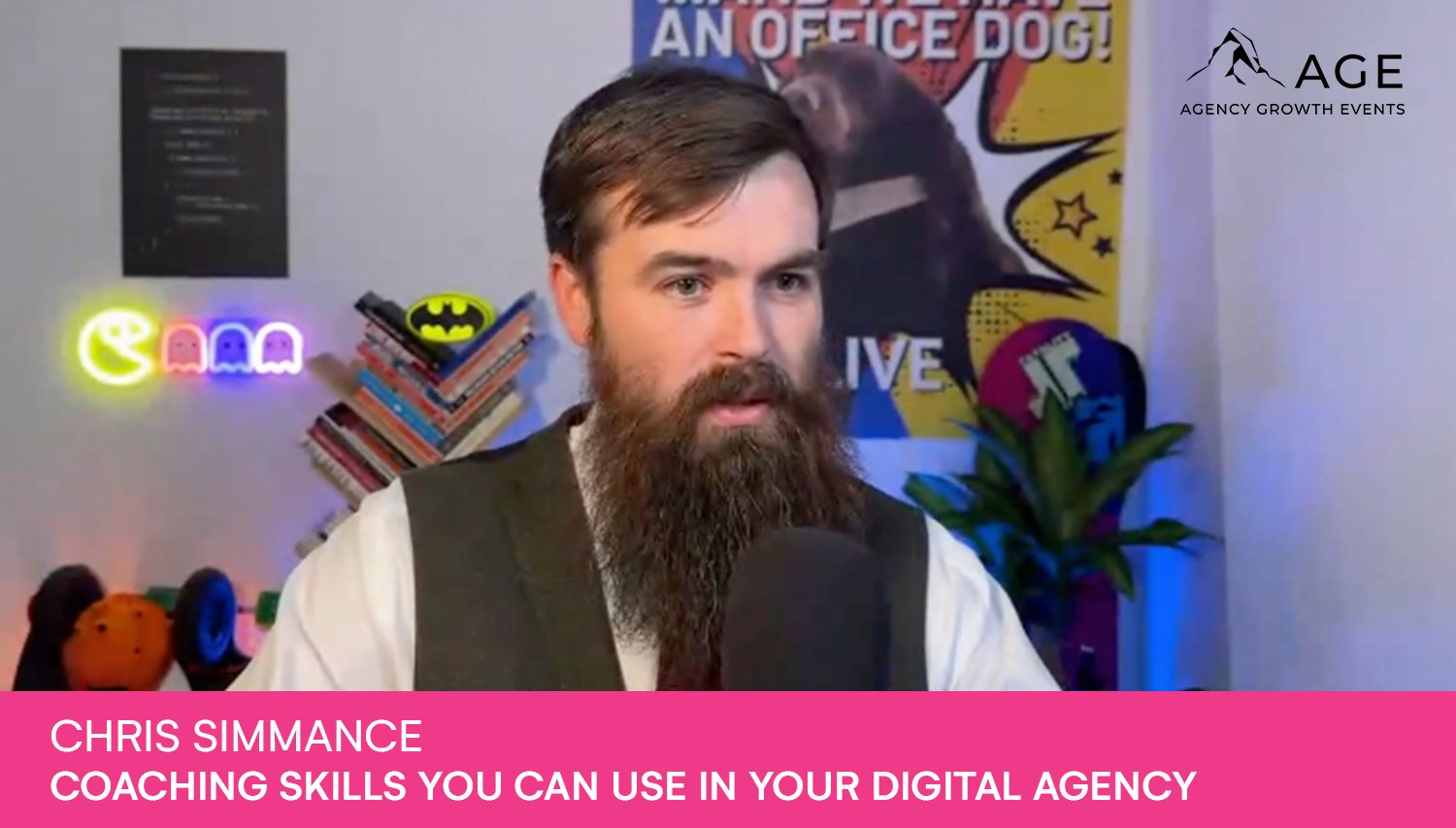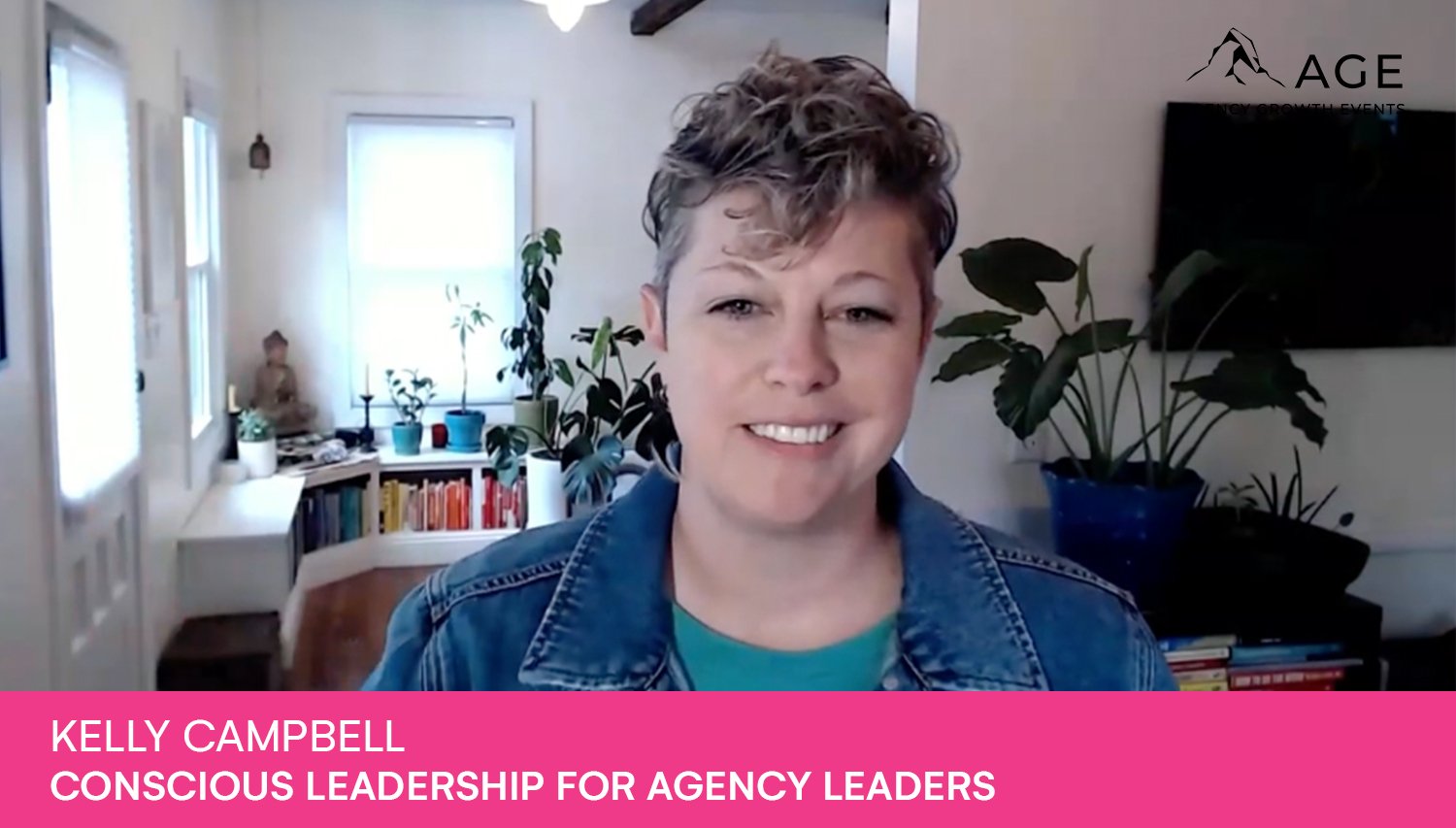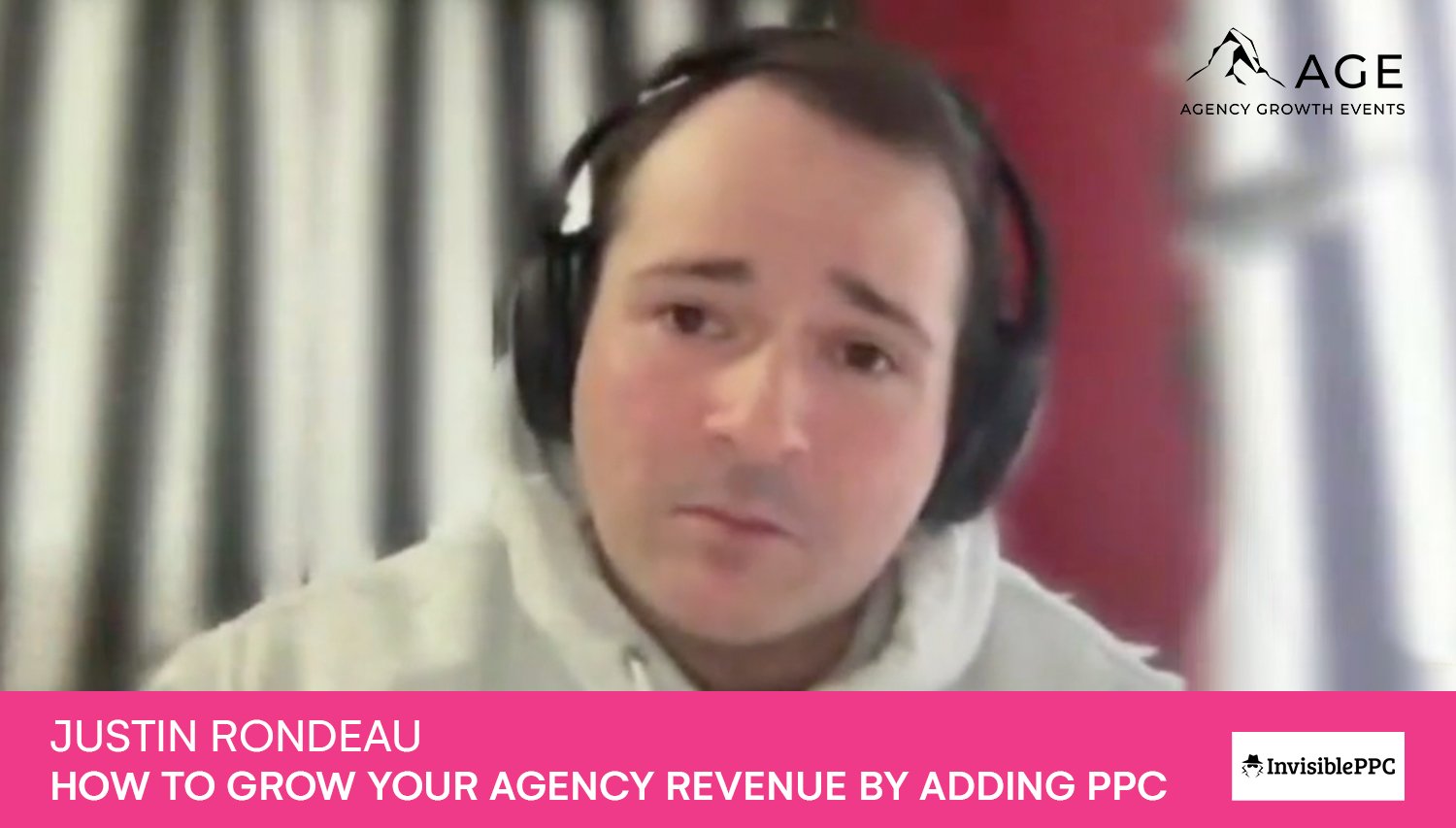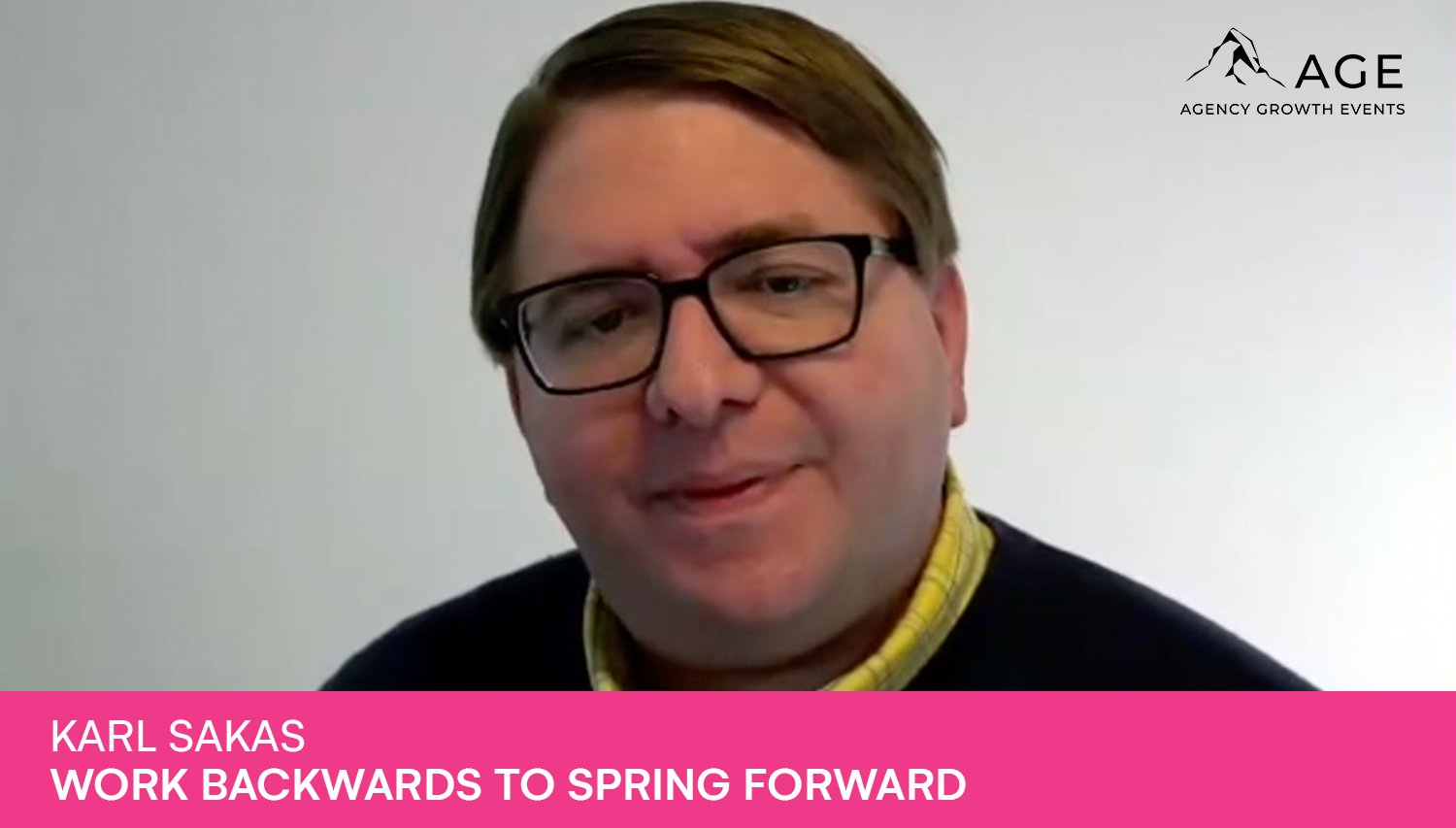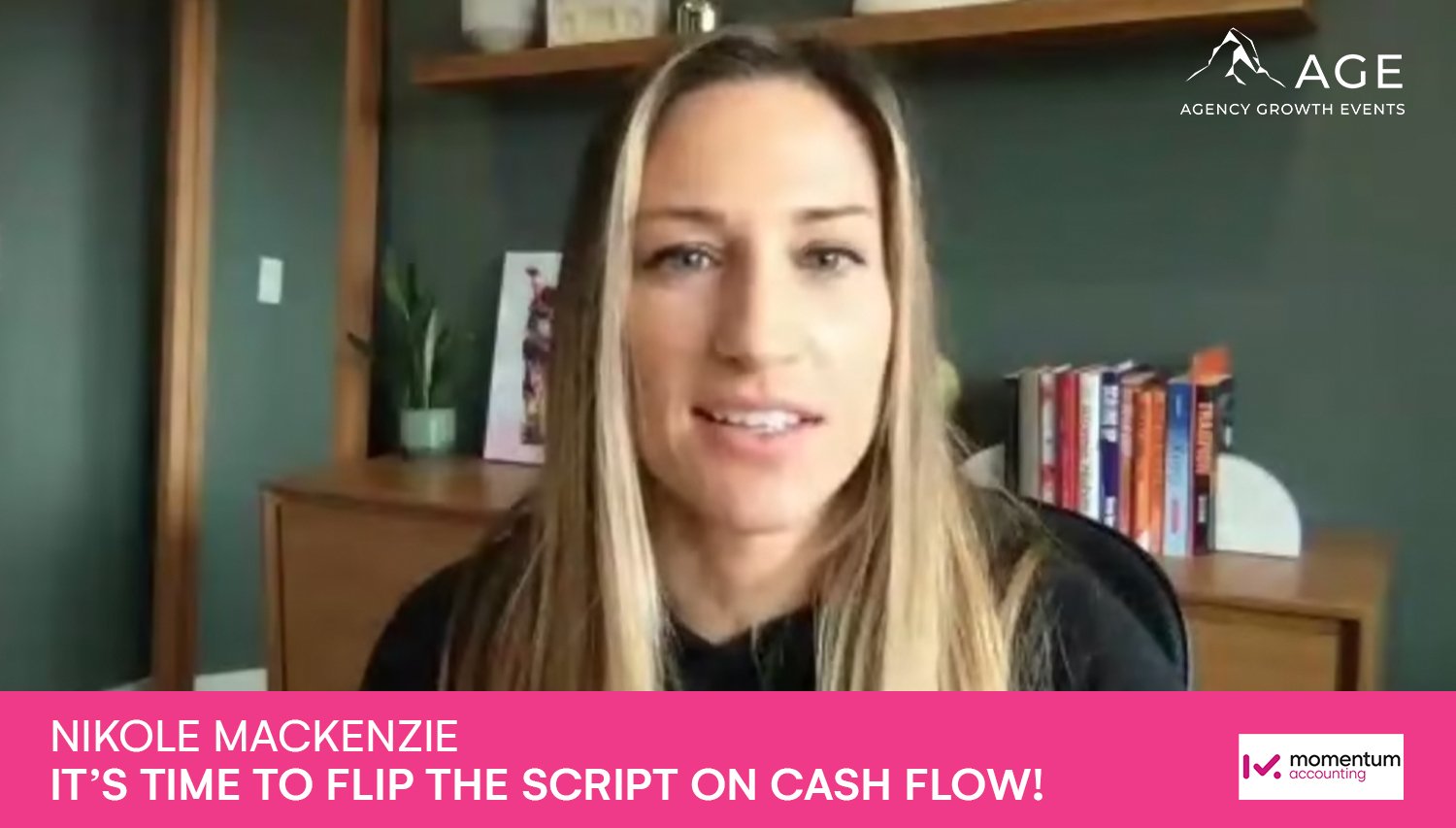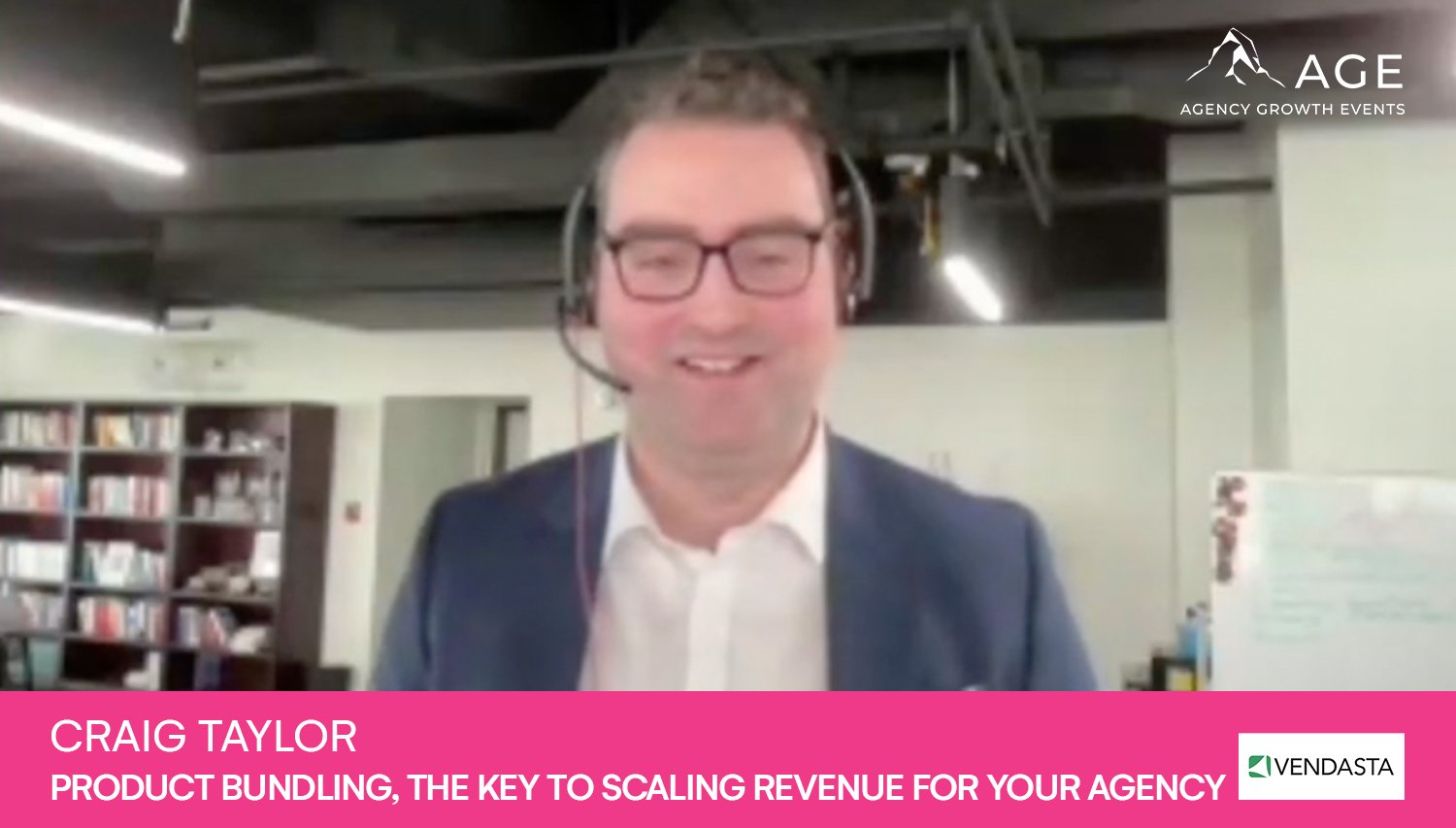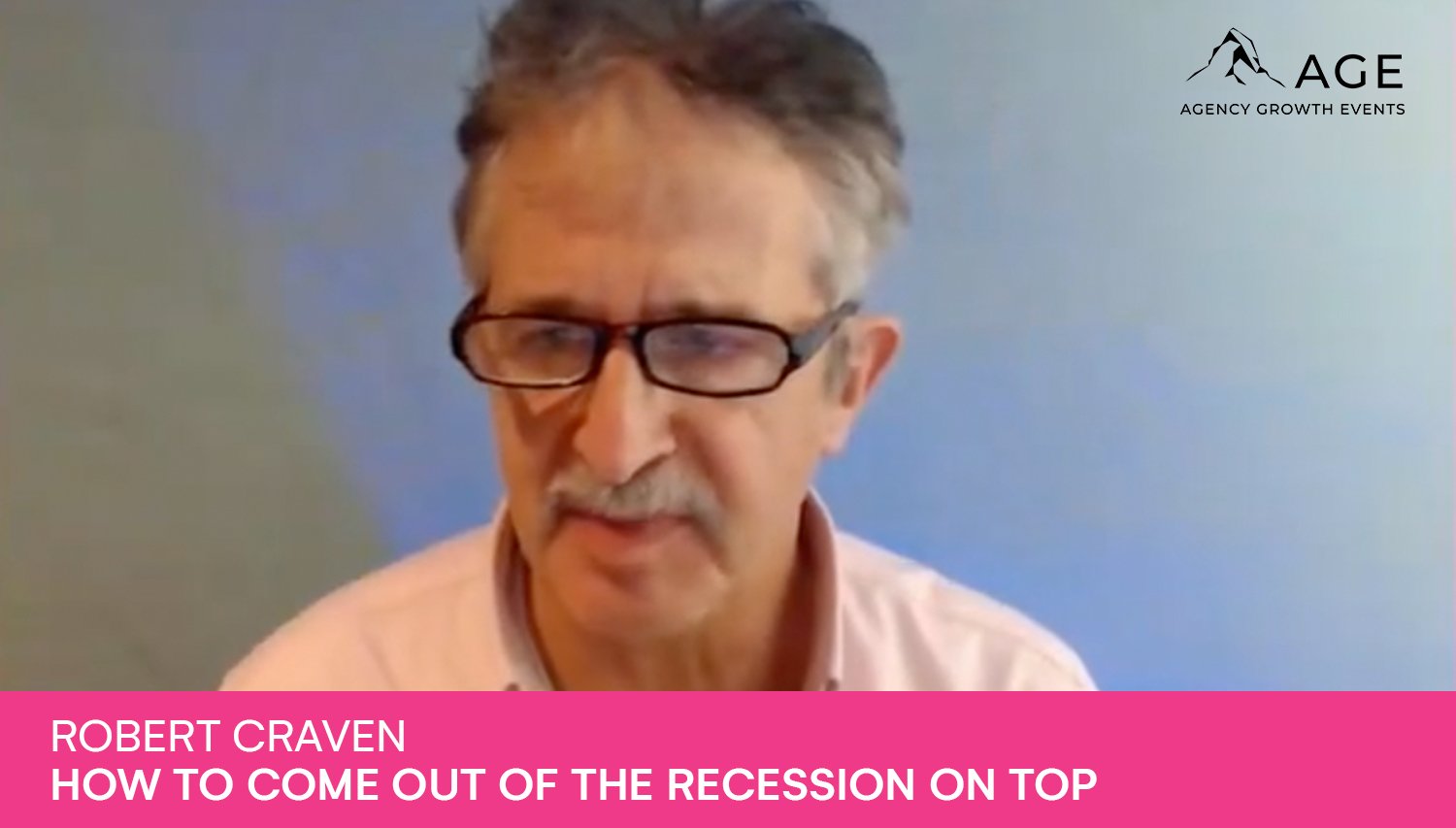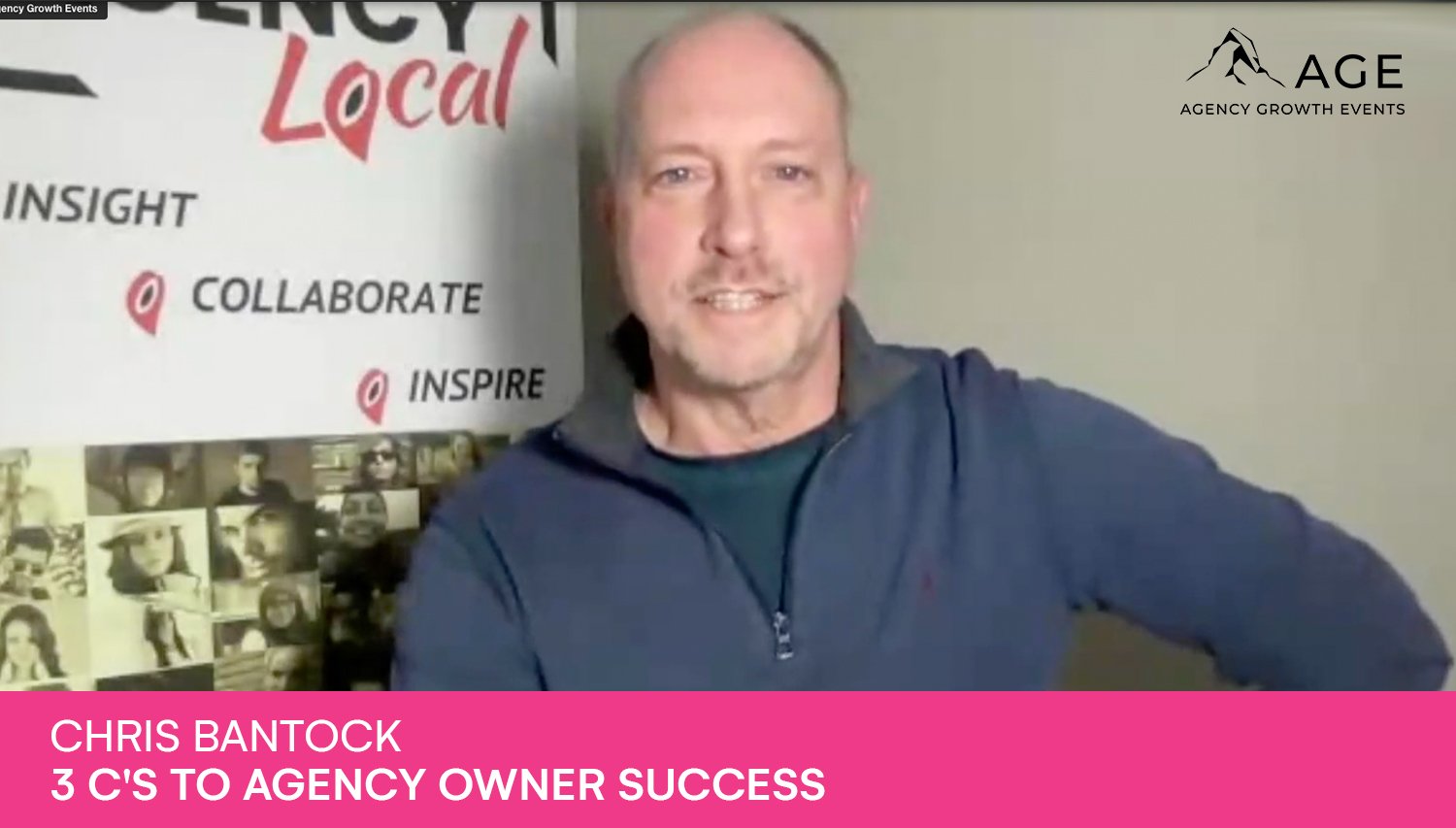S2-E1: ROI of Web Accessibility for Agencies
We’ve partnered with accessiBe to deliver the first event of our Season 2: “The ROI of Web Accessibility for Agencies” on the 9th of June 2022.
Up to 25% of the general population has some form of disability that affects their experience of the web, whilst only 2% of the web is built with accessibility web solutions in place.
In this video, you'll hear from Alycia Anderson, an accomplished TEDx motivational speaker, Hans Fuchs, one of accessiBe's leading partners managers, Jimmy Newson the founder and CEO of Moving Forward Small Business, and Yan Margolin, a New York City attorney with a focus on commercial litigation.
The ROI in our topic does not only stand for a monetary return but also a moral one. This also includes better results, enhanced search engine optimization (SEO), and a more inclusive customer base. Also, what we mean by Web Accessibility is so much more than screen readers, assistive technologies, accessible websites, various web accessibility guidelines, accessible rich internet applications, or specialized web browsers. It is a holistic approach to enable people with various disabilities to operate on a level playing field with able-bodied people.
In the event we covered four aspects of the topic:
The Why? Why should agencies and brands care in the first place?
The How? Knowing that 98% of the web is not accessible, re-doing all those sites one by one might not be the best way to go about it.
The Business case: What can Agencies and Customers gain from web accessibility?
The Legal case: What kind of legal protection does web accessibility standards compliance give a business?
Hans kicked off the conversation by stating that the need for web accessibility has gone through the roof by the accelerated digitization of our world because of the pandemic. A site's accessibility was already very important long before that, but the web has become the primary way we interact with our jobs, our entertainment, and pretty much everything else.
According to Alycia, web accessibility is pretty inconsistent across various types of websites, and the upside potential and the opportunity are endless and limitless for people with disabilities. Communications technologies, mobile apps, and other electronic and information technology-related advances promise a truly accessible world and a level playing field if they're developed with accessibility in mind.
An accessible website is a freedom to have access to goods and services, to get employed and so much more for people with disabilities.
That being said, from the other side of the coin, the situation is not too different: Companies cannot choose who their customers will be, nor can they ignore a certain demographic. So the potential expansion in their customer base is also a major upside for all businesses.
Over a billion people have some form of disability and they're the biggest marginalized group in the world. There is potentially a huge return on investment for firms that wish to include this group.
Moreover, accessibility fosters innovation and creates a better experience for everyone, not just for people with disabilities.
On the Legal side Yan commented that for the US market, the American Disabilities Act, ADA is in effect.
You can be sued for incompliance but in reality, with the exception of some cities, these would be injunctions, not damages. According to Yan, the best strategy is not to fight them, but to settle. However often the suers will try to get you to hire their own expert to rewrite your website. This is called a structured settlement. This is where accessiBe comes in handy. You can effectively do the required changes to your website without all the expensive and long work. accessiBe works as a widget that acts as an overlay, it's much faster and much cheaper compared to a full-on project. After all, the judges ask for compliance and you have to deliver it.
One key difference for public sector organizations is that the accessibility requirements (which includes web accessibility) are imposed much more strictly upon them. Public sector websites need to be exemplary and lead the charge for a more inclusive web sphere. Just publishing an accessibility statement won't cut it.
For Jimmy, who owns an agency, the big question is, who's responsible?
The short answer is the creator of the website, hence the agency web designers. When the client asks, why is my website not accessible when you're building it? You'd better have an answer. The topic of web accessibility might still be off the radar for some of your customers, but you don't want them to point the finger at you when something goes wrong. So it's always good practice to cater to web accessibility from the start. Don't wait for your customers to audit your work with accessibility evaluation tools or set some accessibility success criteria based on their limited understanding of web standards.
Jimmy also added that they've found accessiBe to be a great option when you have to fix an existing website. Which is a handy solution as you might be called in to fix things rather than rebuild them! They choose to promote web accessibility pro-actively as education is a big aspect of this. They put it into their monthly maintenance package and the tool becomes a great opportunity to build rapport with the client.
And when clients are shopping around, it's great for Jimmy and his team to be able to showcase accessibility as a strong point. It's a competitive advantage for them and their customers. Just like SSL and privacy, some agencies include accessibility into their tech stack as a prerequisite.
Alycia later added that there's a tightly knit community between people with disabilities. Diversity and inclusion in the workplace are huge and for people with disabilities, it's really important to see that a brand takes them seriously. So taking web accessibility seriously will have long-lasting network effects and business benefits as opposed to businesses with inaccessible websites.
In addition to the benefits for people with disabilities, web accessibility tools also benefit how able-bodied people access web content. For example, larger fonts or subtitles can be helpful for people who want to better read the content on a website. This is just one example of how web accessibility tools can be helpful for everyone, not just people with disabilities.
Another good anecdote was when Hans went on to talk about assistive technology in general and how we don't know when we'll need it. When he had a mountain bike accident and broke his elbow and wrist (ouch!) in his right arm, he found out firsthand (no pun intended) how hard it was to navigate websites without a mouse. Web browsing with the tab key between clickable links is not an adequate replacement.
What can accessiBe do?
The way it is built, accessiBe gives the power to the users to choose how they want to experience a web page based on their disability, which might be ranging from limited fine motor control to learning disabilities, from low vision to blindness, or a combination. This way the site isn't permanently changed and can be individualized for every user separately. The tool can certify web content accessibility guidelines (WCAG) 2.1 AA level compliance. There's also an AI side to the tool, where it can create and add alt text in real-time by analyzing pictures automatically. This is especially handy to make existing content accessible by creating alternative text without the need for lengthy editing.
accessiBe wants to make the entire web accessible by 2025, that's why they launched a partners program. Completely free to join for Digital Agencies with lots of business perks. you can find more details by booking a meeting below:
If you'd like to speak to accessiBe directly about their partners program, click here to book an appointment, and our virtual agent will sort it out for you
Here's some more background information:
As we describe accessibility solutions we'd like to include some bite-sized information for your reference below:
What is Web Accessibility?
Web accessibility is the practice of making websites usable by people with disabilities. People with disabilities can include those who are blind, have low vision, are deaf or hard of hearing, have mobility impairments, or suffer from cognitive conditions like dyslexia.
Web accessibility is still an issue for many people with disabilities. In fact, only about 2% of the web is accessible to people with disabilities, whilst up to 25% of the general population will experience some form of disability in their lifetime.
Why Should Agencies Care About Web Accessibility?
There are several reasons why agencies should care about web accessibility. First and foremost, it’s the right thing to do. Everyone deserves to have equal access to information and services online.
Secondly, web accessibility is now a legal requirement in many countries around the world. In the United States, for example, the Americans with Disabilities Act (ADA) prohibits discrimination against people with disabilities in all areas of public life, including websites.
Thirdly, web accessibility is good for business. When agencies make their clients' websites accessible, they see better results, enhanced search engine optimization, and create a much more inclusive customer base for their clients.
What Are The Benefits of Making Your Website Accessible?
There are many benefits to making your website accessible, both for individuals with disabilities and for businesses as a whole.
Some of the benefits of web accessibility include:
Improved user experience for people with disabilities
The increased audience, web traffic, and engagement
Enhanced search engine optimization
Greater customer loyalty and satisfaction
Increased sales and revenue via access to a wider audience
So, as you can see, there are many good reasons to make your website accessible. If you’re an agency, web accessibility should be a key part of your web design and development process.
What does an accessible website look like?
An accessible website is one that can be used by people with disabilities. It should be easy to navigate, and the content should be easy to understand.
Some of the accessibility solutions of a good accessible website include:
Alt text for images
Descriptive links
Transcripts for audio and video content
Easy to use forms
No broken links
Availability of audio information
Adaptable accessibility to Mobile devices
They lend themselves to add-on assistive technologies like screen readers and specialized web browsers. But the best accessible web pages not only support extra tools but have built-in capabilities for these features.
If you’re not sure how to make your website accessible, you can talk to accessiBe, who we’ve partnered with to deliver this event. accessiBe is a web accessibility solution that makes websites compliant with international accessibility standards, including the WCAG. accessiBe automatically scans websites and makes them accessible in real-time, without the need for manual coding or web development.
What are Web Content Accessibility Guidelines? (WCAG)
There are many different web accessibility guidelines available: EU Web Accessibility Directive, the American Disabilities Act, The Web Content Accessibility Guidelines, Authoring Tool Accessibility Guidelines, and others.
The most commonly used standard, The Web Content Accessibility Guidelines (WCAG) is a set of international standards for web accessibility. They were developed by the World Wide Web Consortium (W3C), an international body that sets standards for the web. There are multiple versions of the standard like WCAG 2.0, 2.1, and 2.2 with a V3 in the works. To make a web application or a site accessible web developers simply need to create html elements that comply with these codes.
The WCAG is divided into three levels: A, AA, and AAA. Level A is the most basic level of accessibility, and Level AAA is the most advanced. Most countries have adopted the WCAG at Level AA as their standard for web accessibility.
Summing up
So, as you can see, there are many good reasons to make your website accessible. If you’re an agency, web accessibility should be a key part of your web design and development process.
Making your website accessible is not only the right thing to do, it’s also good for business. When agencies make their clients' websites accessible, they see better results, enhanced search engine optimization, and create a much more inclusive customer base for their clients.
So there you have it! Making your website accessible is good for everyone involved. If you’re an agency, don’t wait any longer to make web accessibility a key part of your design.


